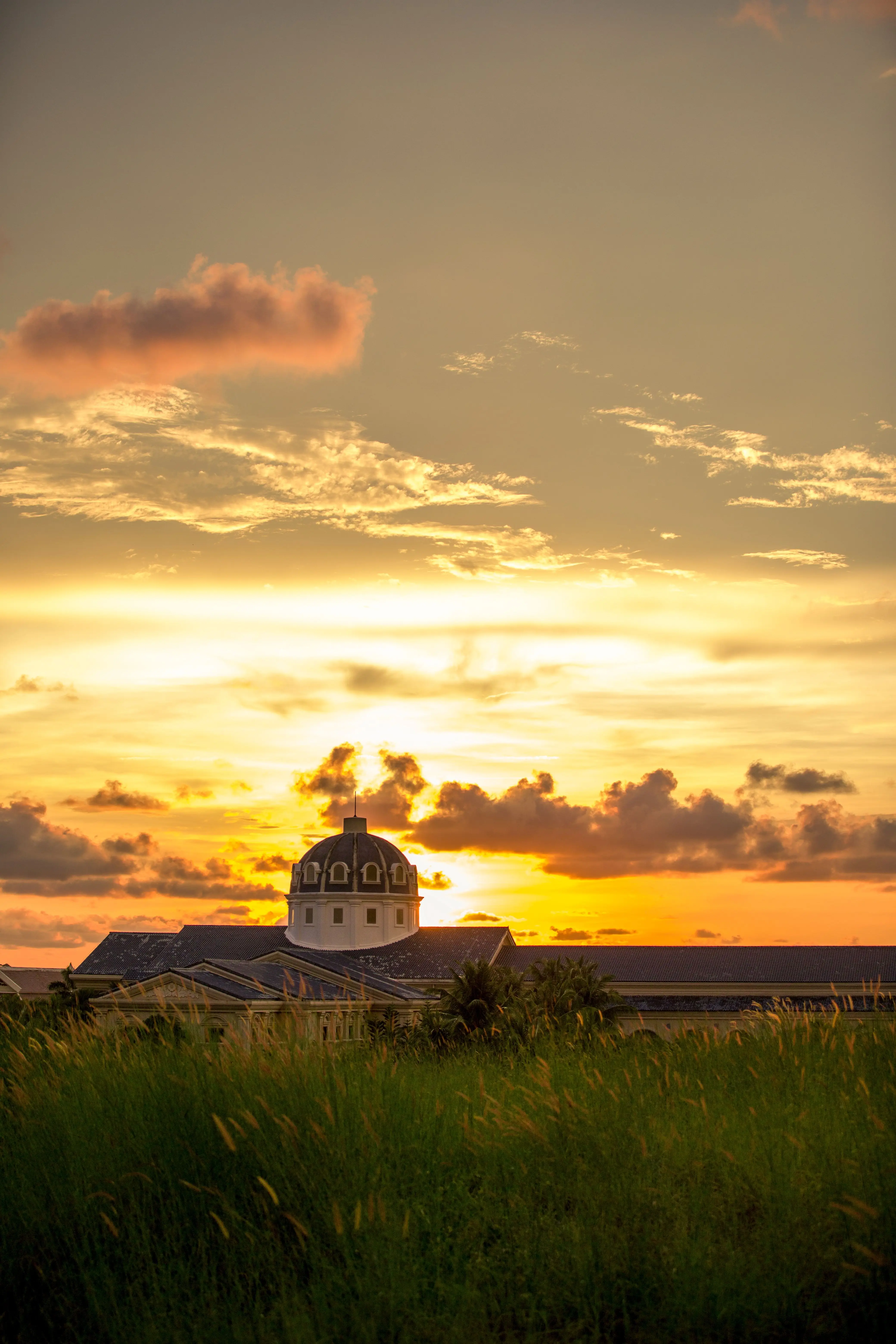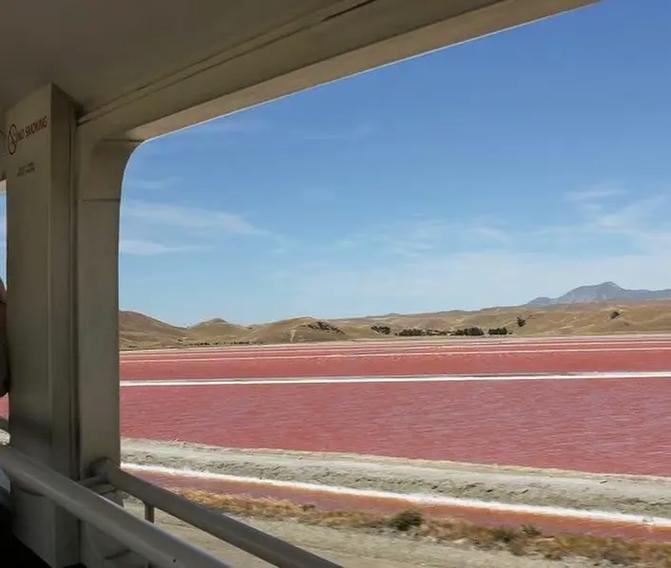Global Travel Information
Madidi National Park, Bolivia
Madidi National Park: Bolivia’s Biodiversity Jewel
Introduction
Nestled in the upper Amazon River basin of northwestern Bolivia, Madidi National Park is one of the most ecologically diverse protected areas on Earth. Spanning over 18,958 square kilometers (7,320 square miles), the park encompasses an astonishing range of ecosystems—from towering Andean peaks to dense lowland rainforests. Established in 1995, Madidi is a haven for wildlife, indigenous cultures, and scientific research. Its unparalleled biodiversity and pristine landscapes make it a must-visit destination for nature enthusiasts and conservationists alike.
Geography and Ecosystems
Madidi National Park is a microcosm of Bolivia’s ecological richness. The park’s elevation ranges from 180 meters (590 feet) above sea level in the Amazon lowlands to over 6,000 meters (19,685 feet) in the snow-capped peaks of the Andes. This dramatic variation in altitude creates distinct ecological zones, each harboring unique flora and fauna.
1. Andean Highlands (Puna and Cloud Forests)
The western edge of Madidi transitions into the Andes, where high-altitude grasslands (puna) and cloud forests dominate. These mist-laden forests are home to rare species like the Andean bear (spectacled bear), Andean condor, and the elusive mountain tapir. The cloud forests also host countless orchids, bromeliads, and mosses, thriving in the cool, humid climate.
2. Yungas (Subtropical Forests)
Descending from the highlands, the park enters the Yungas region—a lush, subtropical zone characterized by steep valleys and cascading waterfalls. This area is a hotspot for bird diversity, including iconic species like the Andean cock-of-the-rock and the military macaw.
3. Amazon Lowlands (Tropical Rainforests and Savannas)
The majority of Madidi consists of lowland Amazon rainforest, where towering kapok trees, giant ferns, and winding rivers create a primeval landscape. This region teems with wildlife, including jaguars, giant otters, black caimans, and hundreds of bird species. Seasonal flooding transforms parts of the forest into temporary wetlands, supporting unique aquatic species.

Biodiversity: A Living Laboratory
Madidi National Park is often described as the most biodiverse place on the planet. Scientists estimate that it houses:
- Over 1,000 bird species (11% of the world’s total)
- 200+ mammal species, including 12 primates
- 300+ fish species in its rivers and oxbow lakes
- 12,000+ plant species, many of which are endemic
Among its most famous inhabitants are the critically endangered blue-throated macaw, the Bolivian river dolphin, and the harlequin frog. The park also hosts elusive predators like the ocelot, puma, and Bush Dog, making it a prime location for wildlife research.
Indigenous Communities and Cultural Heritage
Madidi is not just a natural wonder—it is also home to several indigenous groups, including the Tacana, Quechua, Ese Ejja, and Mosetén peoples. These communities have lived in harmony with the forest for centuries, relying on traditional knowledge to sustainably harvest resources.
Many lodges and eco-tourism initiatives in Madidi are community-run, offering visitors a chance to experience indigenous culture firsthand. Activities such as guided forest walks, canoe trips, and storytelling sessions provide insight into the deep connection between these communities and their environment.
Conservation Challenges
Despite its protected status, Madidi faces significant threats:
1. Deforestation and Illegal Logging
While much of the park remains intact, surrounding areas suffer from illegal logging and agricultural expansion. The encroachment of coca plantations and cattle ranching poses a risk to the park’s buffer zones.
2. Hydroelectric Dams and Mining
Proposed dam projects along the Beni and Tuichi rivers threaten to disrupt aquatic ecosystems and displace wildlife. Additionally, illegal gold mining contaminates rivers with mercury, endangering fish and human populations.
3. Climate Change
Rising temperatures and shifting rainfall patterns could alter Madidi’s delicate ecosystems, affecting species that depend on specific climatic conditions.
Ecotourism and Sustainable Travel
Madidi’s future depends on responsible tourism that supports conservation and local communities. Several eco-lodges, such as Chalalán Ecolodge (run by the Quechua-Tacana people), offer immersive experiences while minimizing environmental impact. Visitors can participate in wildlife monitoring, reforestation projects, and cultural exchanges, ensuring their presence benefits the park.
Conclusion
Madidi National Park is a testament to nature’s grandeur and resilience. Its breathtaking landscapes, unparalleled biodiversity, and vibrant indigenous cultures make it a global treasure. However, preserving this natural wonder requires international cooperation, sustainable development, and a commitment to conservation. For those fortunate enough to visit, Madidi offers not just an adventure, but a profound connection to the wild heart of the Amazon.
Whether trekking through cloud forests, spotting rare wildlife, or learning from indigenous guides, Madidi leaves an indelible impression—one that underscores the urgent need to protect our planet’s remaining wild places.
相关文章
- Elbe River Glamping Sites: Luxury Camping Along the Banks
- Elbe River RV Parks: Stay in Your Camper Near the River
- Elbe River B&Bs: Cozy Accommodations with a Personal Touch
- Elbe River Hostels: Budget Stays for Young Travelers
- Elbe River Business Travel Guide: Meetings & Events Near the Water
- Elbe River Conference Venues: Spaces with River Views
- Elbe River Wedding Venues: Tie the Knot by the Water
- Elbe River Funeral Services: Respectful Locations Along the Banks
- Elbe River Volunteer Opportunities: Help Protect the Waterway
- Elbe River Conservation Efforts: How to Support the Environment
发表评论
评论列表
- 这篇文章还没有收到评论,赶紧来抢沙发吧~


